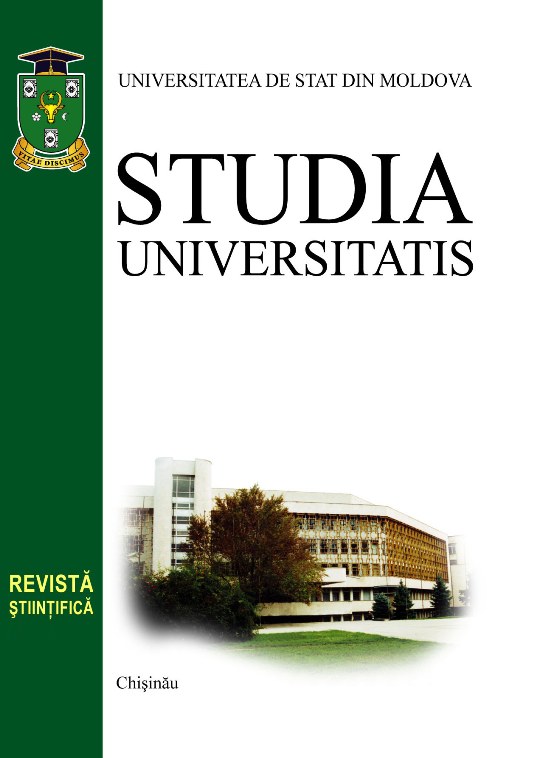ВЛИЯНИЕ ГОМО- И ГЕТЕРОЗИГОТНОГО СОСТОЯНИЯ МУТАНТНЫХ ГЕНОВ RIN, NOR и ALC, РЕГУЛИРУЮЩИХ ПРОЦЕССЫ СОЗРЕВАНИЯ ПЛОДОВ ТОМАТОВ, НА ИЗМЕНЧИВОСТЬ ФЕНОЛОГИЧЕСКИХ ФАЗ РАЗВИТИЯ (Lycopersicon esculentum M.)
Лилия ЦЭРАНУ Институт генетики и физиологии растений Академии наук Молдовы
Abstract
În articol sunt prezentate rezultatele studiului focusat pe cercetarea influenţei genelor mutante rin, nor şi alc, în stare homo- şi heterozigotă, asupra variabilităţii fazelor fenologice de dezvoltare la tomate (Lycopersicon esculentum Mill.). În comparaţie cu soiurile obişnuite, starea heterozigotă după genele nor, rin şi alc a indus la plantele mutante prelungi-rea perioadei de vegetaţie cu 9-11 zile (nor), 3-6 zile (rin) şi 8-10 zile (alc). Perioada de maturizare în masă a fructelor şi cea de colectare a recoltei au fost transferate pentru termene mai târzii (octombrie-noiembrie). Analiza dispersională trifactorială privind studierea efectului influenţei genotipurilor materne, paterne, a condiţiilor climaterice ale anului şi a interacţiunii lor asupra fazelor fenologice de dezvoltare a hibrizilor F1, heterozigoţi, după genele rin, nor şi alc, au arătat că condiţiile climaterice ale anului influenţează cel mai mult variabilitatea acestui caracter (82,30%). Ponderea genotipului matern reprezintă 8,59%, iar influenţa combinată a genotipului patern şi a condiţiilor climaterice ale anului este de 3,88%. În comparaţie cu soiurile obişnuite, starea heterozigotă după genele nor şi alc a indus la plantele mutante întâr-zierea maturizării fructelor cu 2-13 zile şi cu 9 zile, ceea ce induce reducerea productivităţii timpurii la tomate. Cea mai mare influenţă asupra variabilităţii caracterului respectiv au avut-o condiţiile climaterice ale anului (42,28%) şi interac-ţiunea genotipului matern şi patern (24,09%); ponderea influenţei genotipului matern a reprezentat 15,20%, iar cea a genotipului patern 12,29%. The paper presents the results of a research on studying the influence of mutant genes rin, nor and alc in homo- and heterozigote states on the variability of phenological phases at tomato (Lycopersicon esculentum Mill.). In comparison with the normal sorts, the heterozygote state after the mutant genes nor, rin and alc has induced the prolongation of the vegetation period with 9-11 days (nor), 3-6 days (rin), 8-10 days (alc). The fruit maturation and the yielding periods moved to later terms (October-November). The three factorial ANOVA/MANOVA analysis of the influence of maternal, paternal, climacteric conditions of the year and their interaction on the phenological phases of development of F1 hybrids, heterosigote after the rin, nor and alc, revealed that the climatic conditions of the year have influenced signi-ficantly the variability of this character (82.30%), while the influence of maternal genotype was 8.59%; the combined influence of paternal genotype and climacteric conditions of the year was 3.88%. In comparison with normal sorts, the heterozygote state after the mutant genes nor and alc has induced delaying of the maturation period with 2-13 days and 9 days, this fact has reduced the precocious yielding. The climacteric conditions of the year revealed the most significant influence on this character (42.28%), while the interaction of the maternal and paternal genotypes represented only 24.09%; the influence of maternal genotype on this character represents 15.20% and that of paternal genotype 12.29%.


